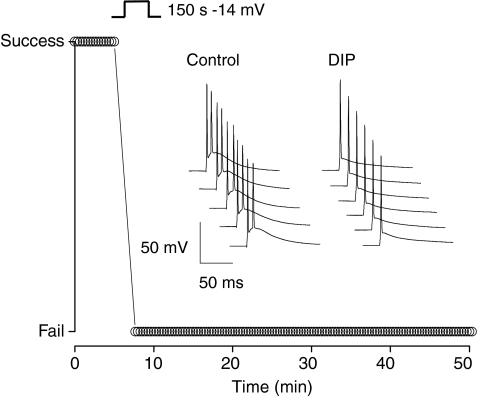Figure 5. Depolarization-induced plasticity can alter the burst-firing properties of CA3 pyramidal neurons.
The traces shown are consecutive example sweeps from a CA3 pyramidal neuron in which the ADP was sufficiently large to drive a second action potential. This cell was maintained at −71 mV. Following transient depolarization in voltage clamp mode from −84 to −14 mV, the ADP amplitude was reduced and the secondary action potential firing completely suppressed. The graph plots the success or failure rate of secondary action potential firing, before and after the conditioning depolarization.

